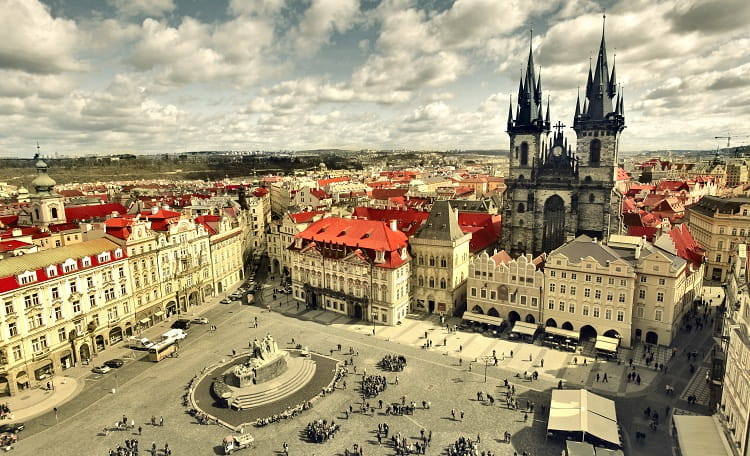Prague, like other European cities, is facing significant changes in the office sector. More and more buildings are unable to keep up with the demands of modern work environments, necessitating their adaptation. While some spaces will undergo extensive modernization, others will be converted into apartments, schools, or cultural facilities.
- Regional Differences European cities such as Milan (86% of endangered buildings), Barcelona (81%), and Paris (80%) face significant problems due to aging office buildings. Prague is in a better position – the risk of obsolescence affects only 47% of spaces, thanks to a relatively younger office stock.
- Modernization vs. New Uses Central parts of cities with high demand for premium spaces require the modernization of buildings to transform them into top-notch office spaces. Conversely, offices on the periphery, where vacancy rates are rising, can be effectively converted into apartments, schools, healthcare facilities, or cultural spaces.
- Trends and Opportunities Environmental standards and increasing demands for flexibility are pushing building owners to adapt their spaces. Converting offices to alternative uses, such as apartments, is now not only logical but also financially advantageous – the value difference between offices and other uses has decreased from 24% in 2019 to just 11%.











